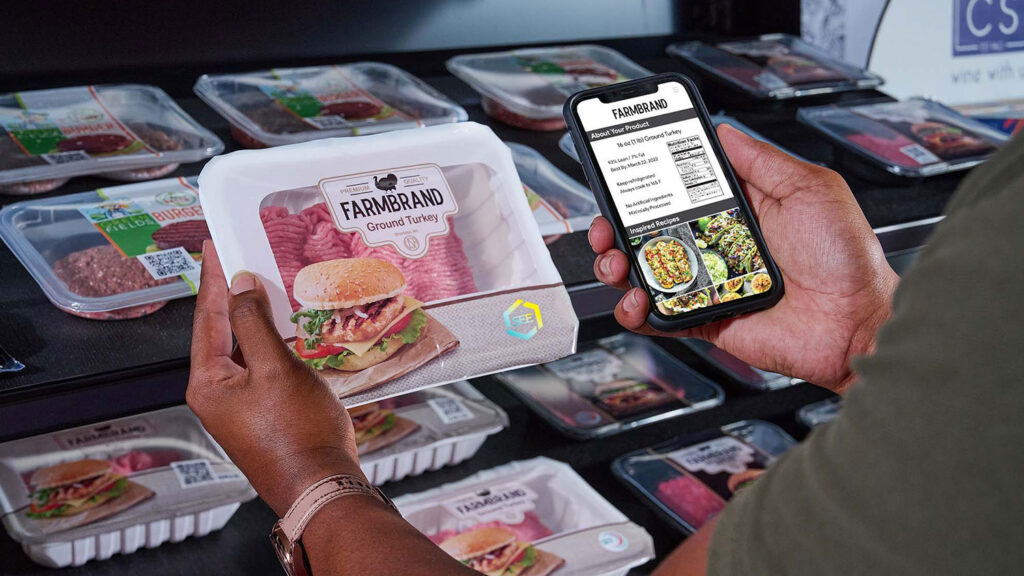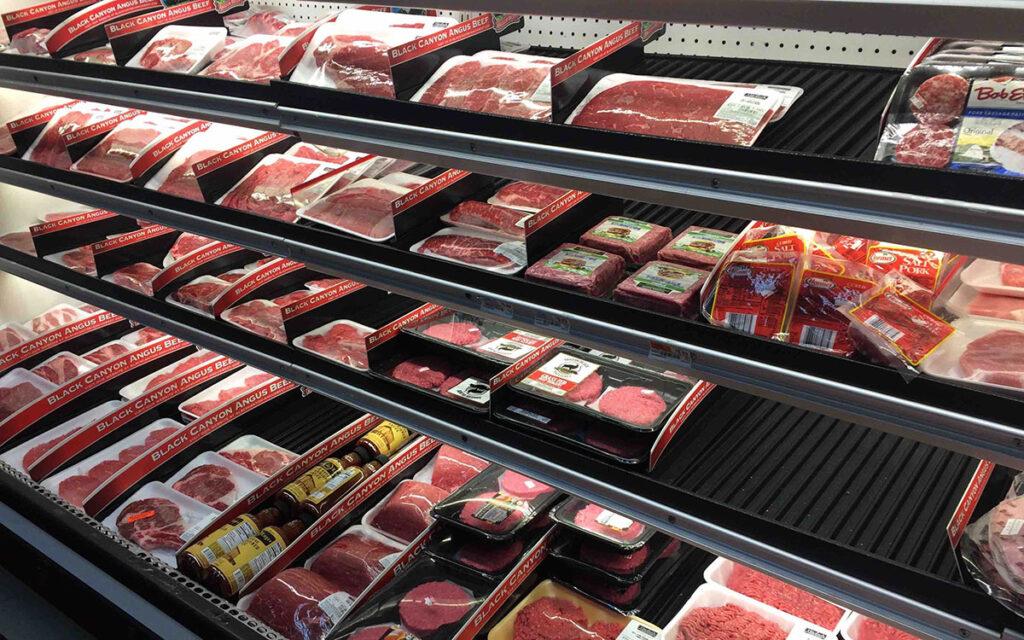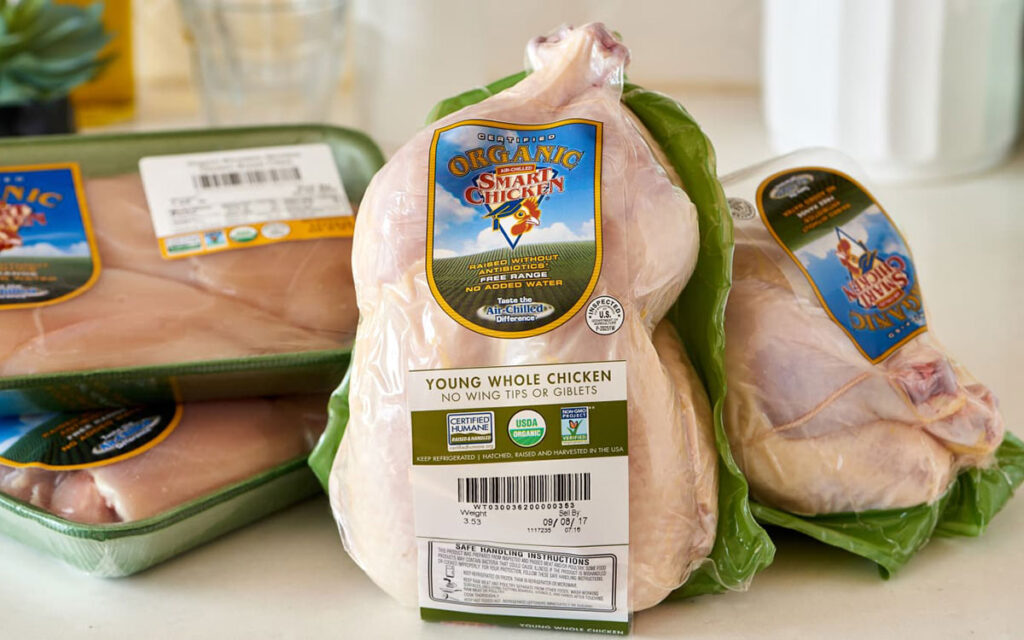A 2022 Cryovac Brand National Meat Case Study (NMCS), sponsored by Cryovac Sealed Air shows that case-ready continues to increase in popularity, currently representing 83% of retail protein packages. This is up from 49% of fresh meat in 2002 and 81% in 2018, according to the study. More and more retailers are switching to case-ready and it is now the norm across all proteins, led by turkey (99%) and chicken (96%). Beef is the most likely to be cut in store, though case-ready has increased to 71% of packages from 66% in 2018. When the study was first conducted in 2002, 51% of product was being cut and packaged at the store level. The numbers have completely flipped and now only 17% is being cut and packaged in store.

Case-ready continues to increase in popularity, currently representing 83% of retail protein packages. (Photo – Sealed Air)
The NMCS study which was conducted between February and May of 2022 reflects research conducted at 152 stores in 97 U.S. cities, including a sample of 180,000 packages and 20,500 SKUs. The study also showed a reversal to the rise of boneless products, likely directly related to retailers’ challenge of hiring skilled butchers. Since 2018, boneless beef packages dropped from 92% to 87%, pork from 69% to 64% and chicken from 61% to 56%. To cater to the growing interest in sustainable options, the study shows increasing use of trayless packages (including semi-rigid) while foam trays are on the decline. Trayless now represents 41% of packages, up from 33% in 2018, while foam is now at 39%, down from 53% in 2018.
In Asia, the demand for case-ready meats is increasing, driven by rapid urbanization, the pandemic, growth in e-commerce and changing consumer behavior, reports Asian Agribiz. With the opening of every new supermarket and convenience store, the demand for case-ready meats increases. Since the pandemic, the industry has witnessed strong growth in e-commerce, where people have their groceries delivered at home. The main advantage of case-ready meats is centralized, cost-efficient processing and packaging under strict hygiene conditions, which leads to optimal product safety and shelf life. In addition, case-ready meats allows manufacturers to standardize their production process, by using standard pack formats, crates, and pallet sizes, which leads to logistical benefits, and enables the meat industry to maintain quality control by using modified atmosphere packaging. This is crucial to prolong the shelf life, preventing food waste.

Case-ready meats have longer shelf-life and are easier to distribute and store. (Photo – Supermarket News)
The demand for more sustainable packaging and portion sizes are the key driving factors for the case-ready meat trend in Asia. Retailers are adding pressure to their suppliers to come up with sustainable alternatives for their current packaging system, while portion size has become more apparent in the number of single-person households and smaller families growing across the globe.

Demand for more sustainable packaging and portion sizes are key drivers for the case-ready meat trend in Asia. (Photo – Kitchn)
Consumer trust and acceptance of case-ready meats are rapidly increasing. Although many supermarkets continue to allow consumers to pick the meat from trays, more and more are providing case-ready meats. Social media platforms have become the go-to platforms to educate consumers about case-ready meats highlighting the source of these products, the production facility it was prepared in, including proper handling and food safety management.








